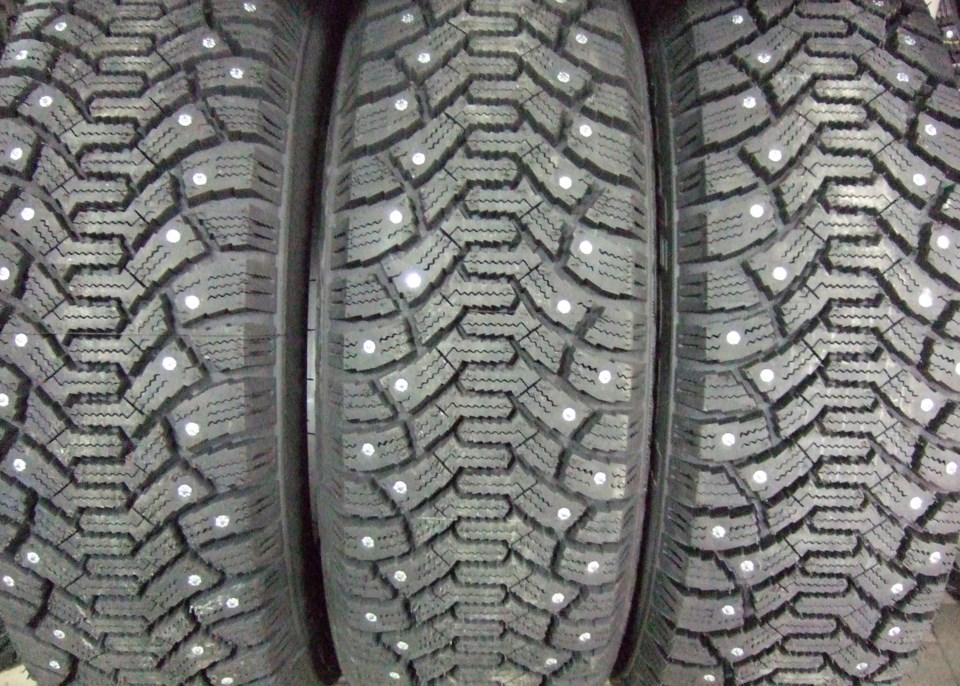OPP is reminding motorists that winter is on its way and will affect driving conditions.
"Winter weather can be unpredictable but some extra preparation and caution will help you stay safe," said Const, Louise Maki.
"Get ready for winter driving by putting winter tires on your vehicles, this improves traction and control in frost, snow and icy conditions and shortens braking distances."
- Remember to slow down and stay in control. Winter collisions happen because drivers are going too fast for road conditions.
- Do not use cruise control on wet, snowy or icy pavement it reduces your reaction time and vehicle control.
- Steer gently on curves and in slippery conditions. Hard braking, quick acceleration could cause you to skid.
- Make sure there is lots of room between you and the vehicle in front of you
- Focus and stay alert, put down the phone and do not drive distracted
- Use your lights to be seen in poor visibility and whiteout conditions
- Check out Ontario 511 a trip planning tool that lets drivers know about events that may impact their travel on provincial highways.
Bridgestone says there are specific features of winter tires that make them unique: tread rubber, tread depth and patterns, and biting edges.
The Tread Rubber - In extreme cold temperatures, the tread rubber of an all-season or summer tire stiffens and becomes less able to provide sufficient traction. To combat this, tread rubber compounds of winter tires are designed to remain flexible, allowing the tire to grip the road better.
The Tread Depth and Patterns - A unique feature of winter tires is deeper tread depths and unique tread patterns. Deeper tread depths reduce snow buildup and provide better traction on the snow. Winter tire tread patterns are designed to channel snow and slush and expel water.
Biting Edges - Winter tires also feature an increased number of biting edges and high sipe densities, or in other words, thousands of tiny slits in the tread that provide traction on ice.
When mounting winter tires for the season, always install a full set. Just changing out the front tires increases the likelihood that the rear tires will skid. Likewise, just putting snow tires on the rear wheels could cause the front tires to lose traction and make it impossible to steer your vehicle.
And remember to re-mount those all-season tires when spring rolls around. While winter tires are undeniably superior in extreme winter conditions, they’ll wear down faster on warm, dry pavement.



